Let’s be honest—reading an active skincare ingredient label feels a lot like trying to decode ancient Greek while standing in Chemist Warehouse under horrible fluorescent lighting. Between the chemical names, vague marketing promises like “best anti wrinkle cream”, and “clean beauty” buzzwords, it’s no wonder most people just give up and buy whatever their favourite influencer raved about. But here’s the thing: understanding what’s on the label can make or break your skin (and your bank account). So, let’s pull back the curtain and look at what really matters. Whether you’re hunting for Australian skincare products, looking to simplify your routine, or just sick of being bamboozled at the beauty counter, we’ve got you covered.
This is your no-BS guide to reading skincare labels—without needing a science degree or a glass of wine (okay, maybe just one).
What’s Actually on a Skincare Label?
Skincare labels list ingredients in descending order of concentration. The stuff at the top? That’s what’s in there the most. The stuff down the bottom? Likely trace amounts. So, if a miracle ingredient is way down the list—like your collagen, peptides, or gold dust (yes, it’s a thing)—you’re probably not getting enough to do anything meaningful.
Pro tip: Water or “aqua” is usually the first ingredient. That’s normal. But if the hero active you’re buying the product for is listed after the preservatives, it might be more marketing than magic.
Decoding Active Ingredients vs Filler Fluff
You’ve heard the term “active ingredients” thrown around like it’s a seasoning, but it does mean something. These are the ingredients that do something—reduce acne, fade pigmentation, hydrate, exfoliate, or stimulate collagen production. Basically, the stuff your skin actually wants.
Look out for science-backed active skincare ingredients like:
- Vitamin C (L-ascorbic acid) – brightens and protects from free radical damage.
- Retinal or Retinol – speeds up cell turnover and reduces signs of ageing.
- Niacinamide – helps with redness, oil control, and fine lines.
- Glycolic/Lactic acid – chemical exfoliants that slough off dead skin.
- Ceramides – restore your skin barrier and lock in moisture.
What you don’t need: fairy dust ingredients in teeny-tiny concentrations, vague botanical extracts with no real backing, or things like “unicorn tears” (seriously, it’s been done). If a product shouts about being the best anti wrinkle cream, make sure it’s got ingredients that can deliver on that promise—like retinal or peptides near the top of the list.
Marketing Words That Mean Absolutely Nothing
We hate to break it to you, but a lot of skincare copywriting is fluff. Here are some phrases you can ignore:
- “Dermatologist tested” – Tested how? Did they like it? Did it work? There’s no regulation on what this even means.
- “Clinically proven” – Unless the clinical study is public and peer-reviewed, this means zip.
- “Non-comedogenic” – Not regulated, and not always accurate for acne-prone skin.
- “Natural” or “Clean” – These terms aren’t legally defined in Australia, so they’re mostly marketing spin.
If you’re looking for acne prone skincare products, focus on ingredients like salicylic acid, niacinamide, and azelaic acid—not how natural the product sounds.
Fun Fact: Labels Have a “Use By” Code
Ever seen a little jar symbol on your bottle with a “6M” or “12M”? That’s the Period After Opening—how long the product stays stable and safe to use after you crack it open. Sunscreens, however, have a hard expiry date printed on them. Please don’t use expired SPF. We beg you.
How to Shop Smart
Here’s your simple checklist when reading a label:
- Look at the first 5 ingredients. These make up most of the formula.
- Find your actives and see where they land.
- Watch for potential irritants like fragrance if you’ve got sensitive skin.
- Ignore the sexy marketing. Focus on the facts.
- When in doubt? Choose products from brands that list concentrations or offer transparency around formulation.
Because the reality is that Australian skincare products vary wildly in quality—and price—so knowing how to read a label arms you with the power to skip the BS and spend your money where it counts.
So, Is That Label Worth Crying Over?
Not anymore. Now you know how to cut through the nonsense, read the label like a pro, and spot the Australian skincare products that will actually serve your skin. Whether you’re after a brightening serum, a barrier-loving moisturiser, or the best anti wrinkle cream that doesn’t cost your firstborn, the ingredient list is where the real story lives. Stick to science-backed active skincare, dodge the buzzwords, and don’t be afraid to walk away from a product that promises the world but doesn’t deliver on the label. Your skin (and your wallet) will thank you.


